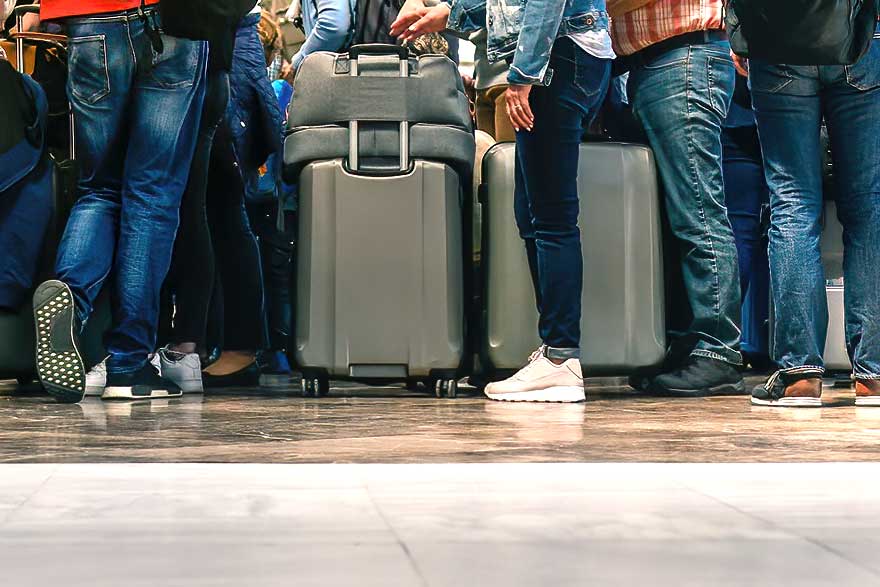The logic behind having different boarding groups when boarding a plane is to ensure an organized and efficient process for passengers to get on the plane. Airlines often use a boarding group system to help passengers board a specific order to quickly and easily find their seats and store their carry-on bags.
Typically, boarding groups are assigned based on factors such as the type of ticket, frequent flyer status, or seat location. For example, passengers with first-class or business-class tickets may be given priority boarding, while passengers seated in the back of the plane may be asked to board last. This system helps reduce congestion in the aisle as passengers try to find their seats and store their bags, which can be especially important on a full flight.
The Boarding Process
Different boarding groups also give airlines more control over the boarding process, helping minimize delays or disruptions. By allowing passengers to board in an orderly and structured way, airlines can ensure that the boarding process goes smoothly and that the flight can depart on time.
Having different boarding groups improves the efficiency and organization of the boarding process and minimizes delays or disruptions. This system helps passengers quickly and easily find their seats and store their carry-on bags, making the boarding experience smoother and more enjoyable.
Learn why placing your luggage above your seat is smarter and ensures a smooth and efficient boarding process. Click here for detailed information on how to board worry-free.



